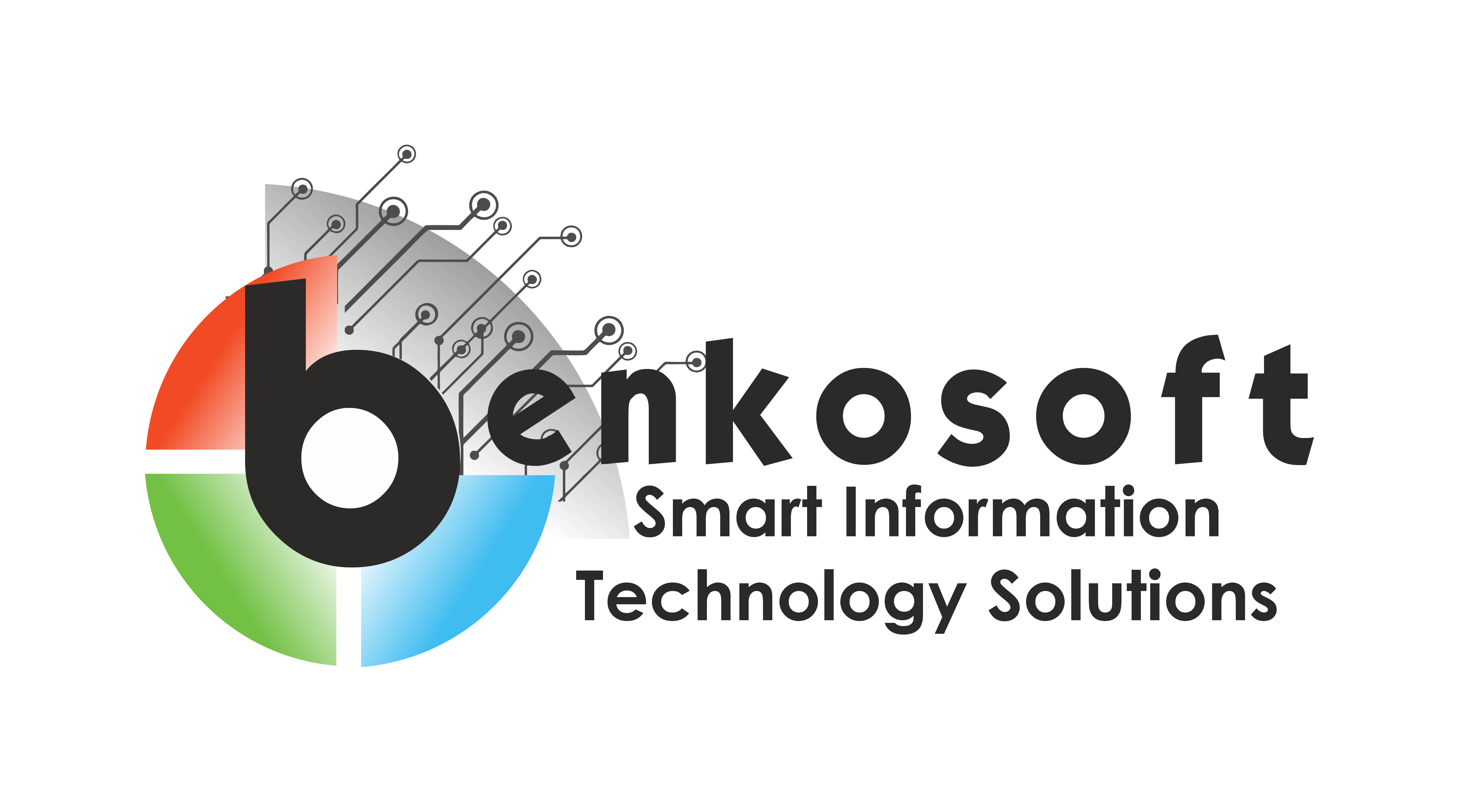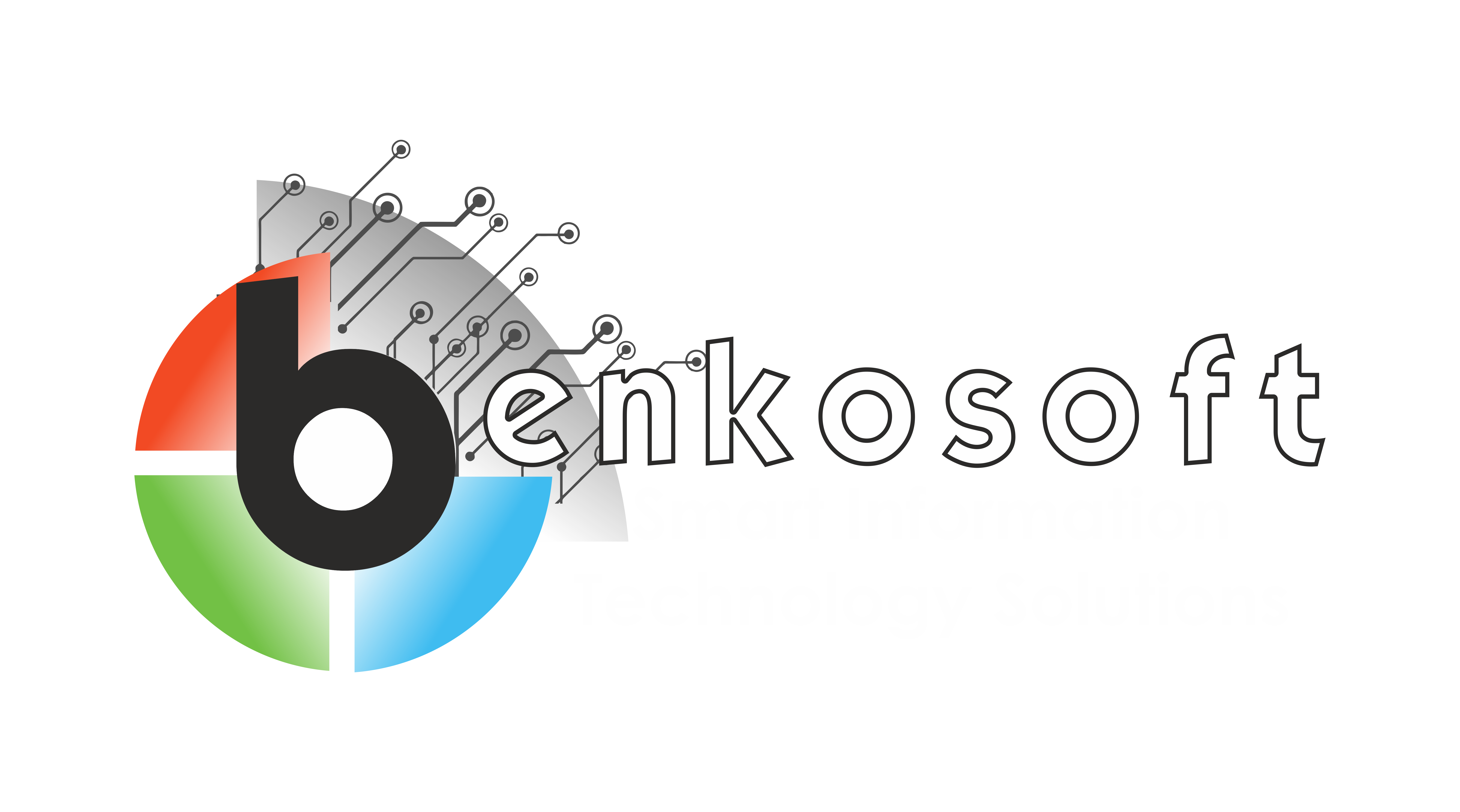Technologies
Windows Present Foundation
The Windows Presentation Foundation (WPF) is a graphical subsystem for rendering user interfaces in Windows-based applications. It is part of the .NET Framework, and provides a comprehensive set of tools and libraries for building rich, interactive user interfaces for desktop applications.
One of the key features of WPF is its support for vector graphics, which allows developers to create scalable, resolution-independent user interfaces. This means that WPF applications can look crisp and clear on any display, regardless of its resolution or pixel density.
WPF also provides a powerful styling and templating system that allows developers to easily customize the appearance of their applications. This includes support for animations, gradients, and other graphical effects that can make applications more visually appealing and engaging.
Another key feature of WPF is its support for data binding, which allows developers to easily connect user interface elements to data sources. This makes it easy to create dynamic, data-driven user interfaces that can automatically update in response to changes in the underlying data.
WPF also provides a rich set of controls and layout containers that make it easy to create complex user interfaces. This includes standard controls such as buttons, text boxes, and list boxes, as well as more advanced controls such as calendars, data grids, and tab controls.
Overall, WPF is a powerful and flexible framework for building desktop applications with rich, interactive user interfaces. Its support for vector graphics, styling and templating, data binding, and controls make it a popular choice among developers looking to create modern, visually appealing applications for Windows.

